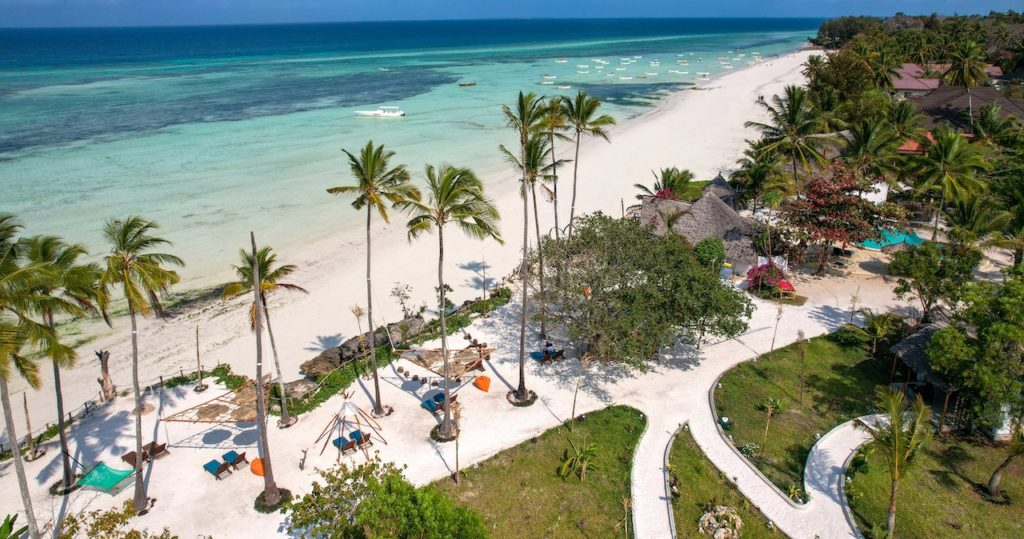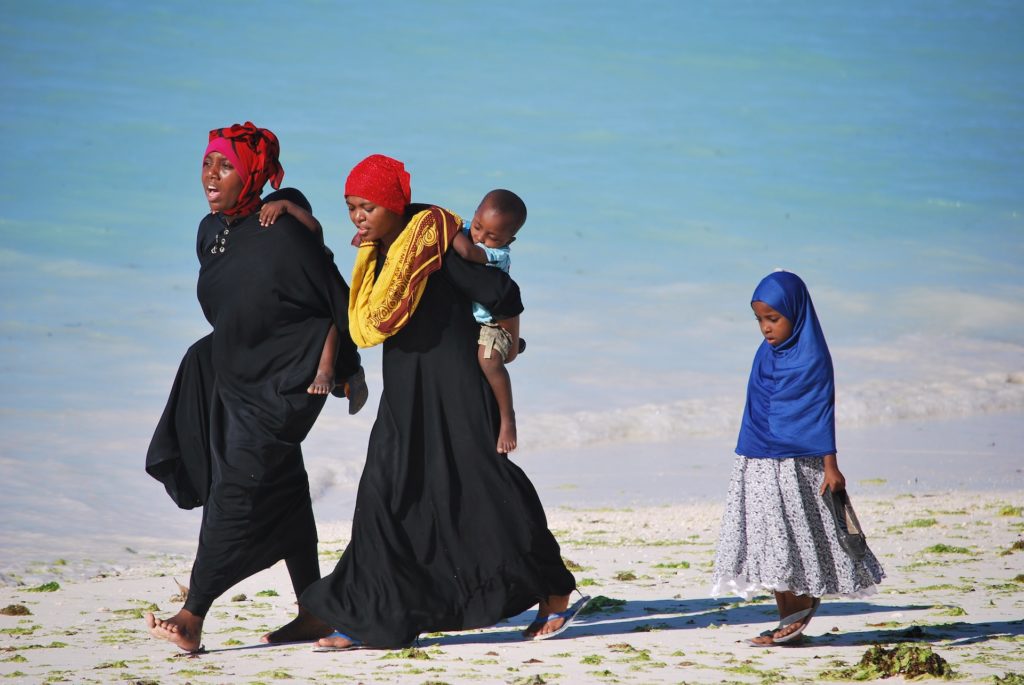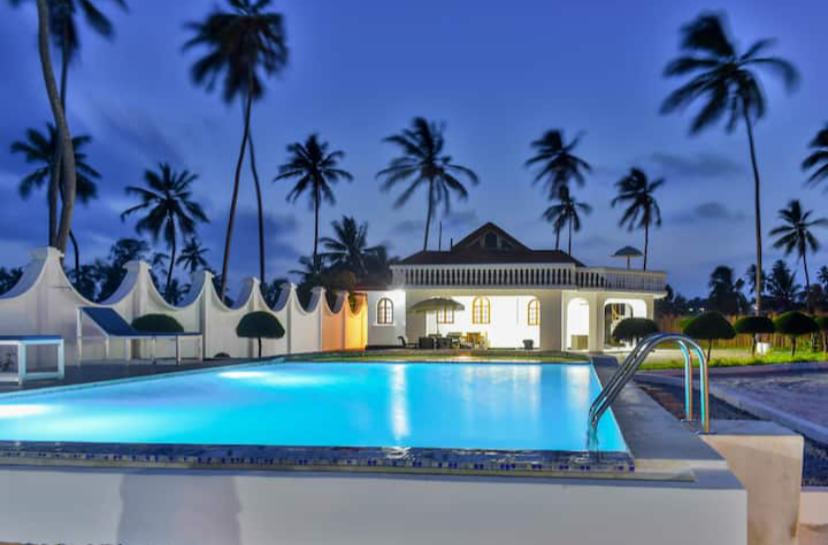Exploring the Enigmatic Ruins of Zanzibar: Journey Through Time

Zanzibar, encompassing both Unguja and Pemba islands, offers a treasure trove of history and culture that extends beyond its stunning beaches and turquoise waters. One of the most intriguing aspects of these islands is the presence of ancient ruins that provide a fascinating glimpse into their rich and diverse past. Join us on a journey through time as we explore the amazing ruins of both Unguja and Pemba.
Unguja’s Ruins:
Maruhubi Palace Ruins (Unguja): Located on the western shore of Zanzibar’s main island, Unguja, Maruhubi Palace Ruins stand as a testament to the island’s royal history. Built in the late 19th century, this palace was once the residence of Sultan Barghash, who ruled Zanzibar during a pivotal period of its history. Although time and neglect have taken their toll, the remnants of Maruhubi Palace still exude an air of grandeur. Visitors can stroll through the overgrown gardens and imagine the opulent life that once thrived within these walls.
Dunga Ruins (Unguja): Deep within the lush Jozani-Chwaka Bay Conservation Area lies the Dunga Ruins, a hidden gem that unveils the island’s Swahili heritage. These ruins are believed to date back to the 15th century and provide insight into the lives of the Swahili people who inhabited the island long before European influence. Explore the intricate designs of the stone structures and imagine bustling markets and vibrant communities that once filled these grounds.
Persian Baths Ruins (Unguja): Nestled in Kidichi, on the road to Kizimkazi, you’ll find the Persian Baths Ruins, a fascinating testament to Zanzibar’s historic connections with Persia. These baths were built in the 19th century for Sultan Said and reflect a unique blend of Persian architecture and local craftsmanship. The intricately designed pools and chambers offer a glimpse into the luxurious lifestyle of Zanzibar’s rulers.
Kizimkazi Mosque Ruins (Unguja): Kizimkazi, a coastal village in Zanzibar, is renowned for its pristine beaches and vibrant marine life. However, it also houses an ancient treasure – the Kizimkazi Mosque Ruins. This mosque is believed to be one of the oldest in East Africa, dating back to the 12th century. Its coral stone walls and simple yet elegant design evoke a sense of reverence and historical significance. Visitors can explore the ruins and learn about the enduring faith of the island’s residents.
Mtoni Palace Ruins (Unguja): Located north of Stone Town, the Mtoni Palace Ruins take us back to the days of the Omani Sultans. This palace was once the residence of Sultan Seyyid Said, a key figure in Zanzibar’s history. The ruins include a spacious courtyard, bathing areas, and living quarters. It’s a place where history whispers through the swaying palm trees and the rustling leaves.
Mangapwani Slave Chambers (Unguja): While not traditional “ruins,” the Mangapwani Slave Chambers are a sobering reminder of Zanzibar’s dark history as a hub for the East African slave trade. These underground chambers were used to confine enslaved individuals before they were transported across the Indian Ocean. Visiting this site is a poignant experience, offering a chance to reflect on the island’s complex past and the resilience of those who endured unimaginable hardships.
Pemba’s Ruins:
Ras Mkumbuu Ruins (Pemba): On the picturesque island of Pemba, you’ll find the Ras Mkumbuu Ruins, which date back to the 13th century. These ancient ruins include the remnants of a mosque, a palace, and a graveyard. They provide a window into Pemba’s early history and its role as a center of trade and culture.
Chwaka Ruins (Pemba): Hidden amidst the greenery of Pemba lies the Chwaka Ruins, a complex of archaeological sites that offer a glimpse into the island’s history as a bustling trade center. Explore the remains of houses, mosques, and other structures that harken back to a time when Pemba was a thriving hub of commerce.
Mkama Ndume Ruins (Pemba): Mkama Ndume Ruins, situated near the village of Wete, are another testament to Pemba’s historical significance. These ruins feature a well-preserved mosque, tombs, and a coral stone house. Exploring this site allows you to connect with the island’s past and appreciate its architectural heritage.
As you explore the amazing ruins of both Unguja and Pemba, you’ll not only witness the passage of time but also gain a deeper appreciation for the rich and diverse histories of these islands. These remnants of the past invite you to step into a world where sultans ruled, traders thrived, and cultures converged, leaving behind a legacy that continues to captivate travelers from around the globe. These ruins are not just historical sites; they are windows into captivating pasts that still resonate in the present.
Join Us in Zanzibar's Southern Paradise Today!
Embark on a captivating journey through time as we explore the ancient ruins of Zanzibar, including Unguja and Pemba. Discover the rich history and cultural tapestry of these enchanting islands. Plan your historic adventure today and uncover the mysteries of Zanzibar’s past




